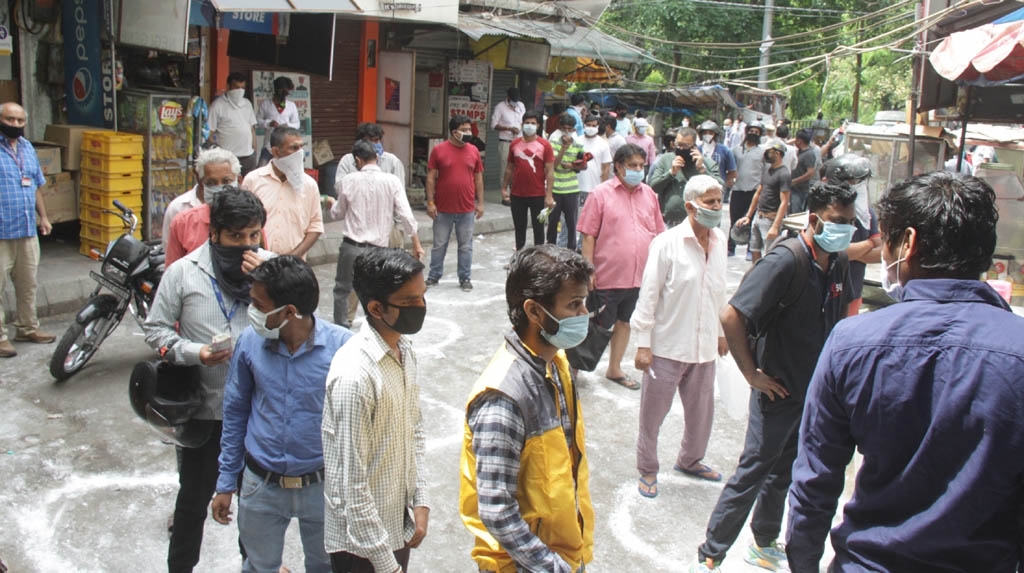Agra: The citizens groups in Agra have expressed concern and fears over the state government’s decision to allow the sale of liquor in the district, even as the number of COVID-19 positive cases climbed to 621 early Tuesday. Agra now ranks number one in Uttar Pradesh, with the highest number of quarantine centres and 43 red hot spots.
Adding to the worries is the latest wave of infections among the health workers, policemen and delivery boys/vendors of fruit and vegetables, though a significantly large number are being screened daily.
District Magistrate P.N. Singh said 203 patients have been discharged after recovery, 57 on Monday alone. The number of active Covid-19 patients is now 415. So far 15 deaths have been reported.
Health department officials said the increase in numbers is largely due to more samples being tested each day, 450 daily. In addition to the KGMU, Lucknow, samples were being tested in the Agra Medical College and the JALMA Centre of leprosy.
In neighbouring Mathura, two foreign nationals were found positive on Monday, increasing the tally to 32. Vrindavan, which was safe hitherto, opened its account with two. The foreign devotees are now said to be panic-stricken.
Firozabad too, continues to remain an area of concern with the number steadily rising to 157. District Magistrate Chandra Vijay Singh told media persons that there had been three deaths. Of the 15 new cases, 12 were policemen.
The doctors providing health cover, have expressed fears that the liquor sale in the districts could compound the problem, as social distancing had gone for a toss. The liquor sale in the rural areas began Tuesday morning.
Agra has around 800 outlets, with almost half in rural areas. Social activists feared there could be a spurt in crime which during the lockdown period had remained under control.
Meanwhile, special trains and buses bringing migrant labourers has pressured the district administration with additional work and responsibilities.
Though senior administrative officials continue to express confidence claiming the situation was under control, private medical practitioners and health activists were apprehensive and pointed to a series of lapses and holes in the strategy now being pursued.




